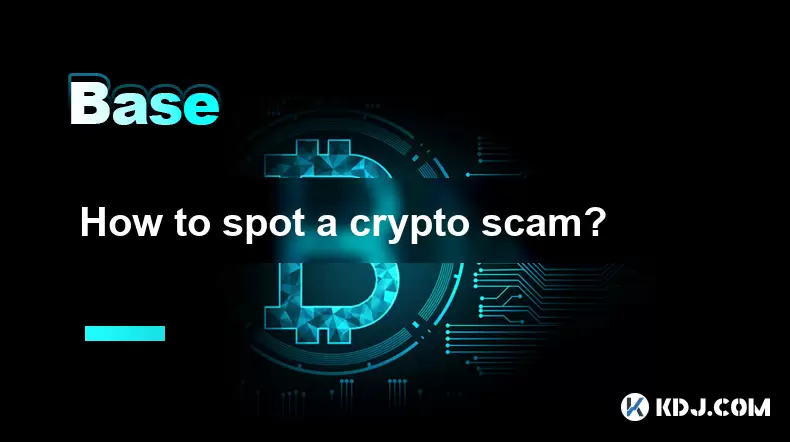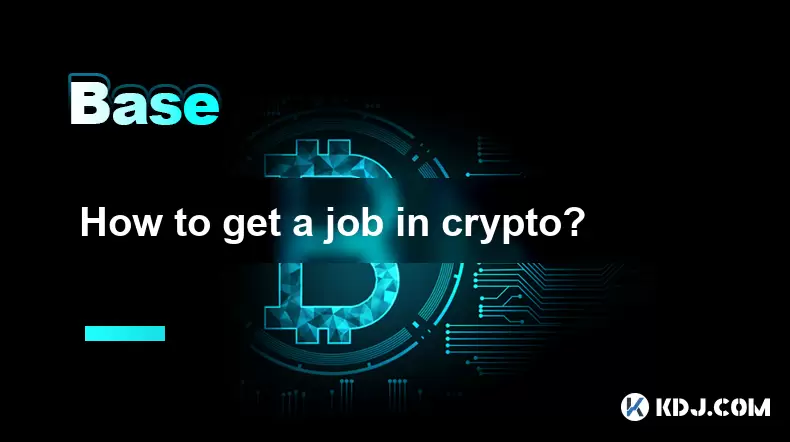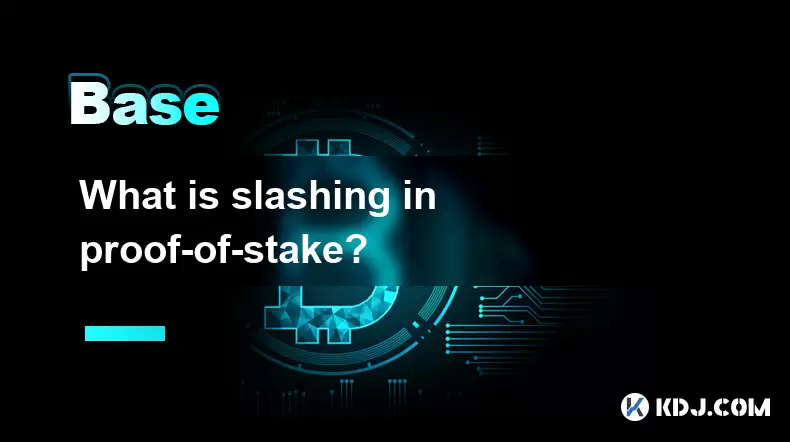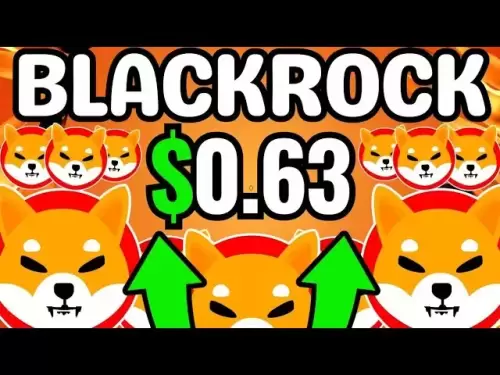-
 Bitcoin
Bitcoin $118000
-0.23% -
 Ethereum
Ethereum $3651
1.66% -
 XRP
XRP $3.423
-1.58% -
 Tether USDt
Tether USDt $1.001
-0.02% -
 BNB
BNB $742.8
0.69% -
 Solana
Solana $177.8
0.30% -
 USDC
USDC $0.9999
0.01% -
 Dogecoin
Dogecoin $0.2539
0.03% -
 TRON
TRON $0.3199
-1.74% -
 Cardano
Cardano $0.8382
0.59% -
 Hyperliquid
Hyperliquid $44.83
0.05% -
 Stellar
Stellar $0.4602
-1.49% -
 Sui
Sui $3.850
0.58% -
 Chainlink
Chainlink $18.62
2.56% -
 Hedera
Hedera $0.2681
0.97% -
 Avalanche
Avalanche $24.63
3.07% -
 Bitcoin Cash
Bitcoin Cash $522.5
0.96% -
 Shiba Inu
Shiba Inu $0.00001507
-0.80% -
 Litecoin
Litecoin $113.6
9.75% -
 UNUS SED LEO
UNUS SED LEO $8.994
0.24% -
 Toncoin
Toncoin $3.197
-0.43% -
 Polkadot
Polkadot $4.361
1.13% -
 Uniswap
Uniswap $10.45
1.41% -
 Monero
Monero $327.5
0.65% -
 Ethena USDe
Ethena USDe $1.001
-0.03% -
 Bitget Token
Bitget Token $4.992
-1.12% -
 Pepe
Pepe $0.00001355
0.67% -
 Dai
Dai $1.000
0.01% -
 Aave
Aave $322.6
0.15% -
 Bittensor
Bittensor $415.5
0.88%
How to spot a crypto scam?
"Always verify team credentials, audit reports, and community engagement to avoid crypto scams."
Jul 07, 2025 at 09:56 pm

Recognizing Red Flags in Crypto Projects
Identifying a crypto scam starts with recognizing common red flags that are often present in fraudulent projects. Promises of guaranteed returns should raise immediate suspicion, as no legitimate investment can guarantee profits, especially in the volatile cryptocurrency market. Anonymous development teams are another warning sign—transparency is crucial in blockchain technology, and genuine projects typically disclose team members' identities and backgrounds.
Unrealistic growth projections, such as claims of doubling or tripling investments in a short time, are classic indicators of scams. Additionally, pressure to act quickly without allowing time for research or due diligence is a tactic used by scammers to prevent rational decision-making. Always be wary of these signs when evaluating a crypto project.
Analyzing Whitepapers and Technical Details
A well-written whitepaper is a hallmark of a credible cryptocurrency project. Scam projects often have poorly written, vague, or plagiarized whitepapers that lack technical depth. Check for detailed explanations of the problem being solved and the proposed solution. Legitimate whitepapers include clear tokenomics, consensus mechanisms, and use cases.
Verify whether the codebase is open-source and available on platforms like GitHub. A transparent project will allow developers to review its smart contracts and protocols. Look for regular updates, community engagement, and peer reviews. If the whitepaper lacks citations or references to real-world applications, it could indicate a scam.
Evaluating Social Media Presence and Community Engagement
The social media activity of a crypto project can provide valuable insights into its legitimacy. Look for active, engaged communities on platforms like Telegram, Discord, and Twitter. Genuine projects foster healthy discussions, answer user questions, and provide regular updates. In contrast, scam projects often have fake followers, bot-like comments, and overly promotional content.
Pay attention to the quality of interactions within the community. Are there critical voices being silenced or ignored? Are there too many spammy messages or paid promotions? These behaviors suggest manipulation. Also, check if the team actively participates in discussions and responds to concerns raised by users.
Assessing Exchange Listings and Liquidity Traps
Where a cryptocurrency is listed can offer clues about its credibility. Legitimate tokens are usually listed on reputable exchanges after thorough vetting processes. If a token is only available on obscure or unknown exchanges, proceed with caution. Research the exchange's reputation and verify whether it has a history of listing scams.
Another danger is "rug pulls", where developers drain liquidity from decentralized exchanges (DEXs) after attracting investors. Check if the liquidity pool is locked and if the contract is renounced. Tools like Dune Analytics or blockchain explorers can help track liquidity movements and ownership changes.
Verifying Team Credentials and Partnerships
Knowing who is behind a crypto project is essential. Research team members using professional networks like LinkedIn and verify their previous work experience and contributions to the blockchain space. Be cautious if profiles appear fabricated or lack verifiable information.
Scrutinize claimed partnerships with established companies or organizations. Scammers often fabricate affiliations to gain trust. Visit official websites of the mentioned partners and confirm whether they have any association with the project. Lack of verifiable connections is a major red flag.
Conducting On-Chain Analysis and Smart Contract Audits
Blockchain transparency allows for on-chain analysis of transactions and wallet activities. Use tools like Etherscan or BscScan to inspect token transfers, large whale holdings, and unusual transaction patterns. If a single wallet holds a significant portion of the supply, it may signal centralization risks or potential dumping.
Smart contract audits are another critical factor. Reputable projects undergo third-party audits from firms like CertiK or Hacken. Review audit reports for identified vulnerabilities and how they were addressed. Contracts that are not audited or have hidden code pose high risks.
Frequently Asked Questions
What should I do if I suspect I’ve encountered a crypto scam?
If you believe you've found a scam, avoid engaging further. Report the platform or token to relevant authorities like the SEC, local financial regulators, or platforms like TokenSniffer and Scam Doctor. Share your findings with the crypto community to warn others.
Can a project with a good whitepaper still be a scam?
Yes. While a solid whitepaper is important, it’s not a guarantee of legitimacy. Some scammers produce convincing documentation to deceive investors. Always cross-check with other factors like team transparency, audit status, and community sentiment.
How reliable are crypto ratings and review platforms?
Crypto rating platforms like CoinGecko and CoinMarketCap can be useful but shouldn’t be the sole source of judgment. Many smaller or newer projects may not be reviewed yet. Use them alongside independent research and due diligence.
Is it safe to invest in presales or private sales of new tokens?
Presales carry higher risk compared to public launches. Always perform deep due diligence before participating. Check for locked liquidity, team token allocations, and post-sale plans. Avoid projects that don’t provide clear exit strategies or roadmap milestones.
Disclaimer:info@kdj.com
The information provided is not trading advice. kdj.com does not assume any responsibility for any investments made based on the information provided in this article. Cryptocurrencies are highly volatile and it is highly recommended that you invest with caution after thorough research!
If you believe that the content used on this website infringes your copyright, please contact us immediately (info@kdj.com) and we will delete it promptly.
- Tea Rooms, Black Dogs, and Ghosts: A Spirited Brew in the UK
- 2025-07-20 12:30:12
- MogCoin and the Memecoin Mania: Price Gains and Cultural Shifts
- 2025-07-20 12:30:12
- Avalanche (AVAX) Eyes $35: Breakout or Bust?
- 2025-07-20 12:50:12
- XRP, Ozak AI, and the AI Token Revolution: What's the Buzz?
- 2025-07-20 12:50:12
- Bitcoin Mining Goes Mobile: Cloud Contracts & Daily Rewards in Your Pocket!
- 2025-07-20 12:55:12
- XRP, ATH, and Altcoins 2025: Is XRP Leading the Charge?
- 2025-07-20 13:00:13
Related knowledge

What is the Inter-Blockchain Communication Protocol (IBC)?
Jul 19,2025 at 10:43am
Understanding the Inter-Blockchain Communication Protocol (IBC)The Inter-Blockchain Communication Protocol (IBC) is a cross-chain communication protoc...

How does sharding improve scalability?
Jul 20,2025 at 01:21am
Understanding Sharding in BlockchainSharding is a database partitioning technique that is increasingly being adopted in blockchain technology to enhan...

What is the "crypto trilemma" of scalability, security, and decentralization?
Jul 19,2025 at 06:28pm
Understanding the Concept of the Crypto TrilemmaThe crypto trilemma refers to the challenge of simultaneously achieving scalability, security, and dec...

What is a cliff and vesting schedule in tokenomics?
Jul 20,2025 at 10:28am
What Does a Cliff Mean in Tokenomics?In tokenomics, a cliff refers to a specific period during which token holders are not allowed to access or transf...

How to get a job in crypto?
Jul 20,2025 at 08:14am
Understanding the Crypto Industry LandscapeThe cryptocurrency industry is a rapidly evolving space that includes blockchain technology, decentralized ...

What is slashing in proof-of-stake?
Jul 20,2025 at 06:07am
Understanding Slashing in Proof-of-StakeIn a Proof-of-Stake (PoS) blockchain network, slashing refers to the penalty mechanism used to deter validator...

What is the Inter-Blockchain Communication Protocol (IBC)?
Jul 19,2025 at 10:43am
Understanding the Inter-Blockchain Communication Protocol (IBC)The Inter-Blockchain Communication Protocol (IBC) is a cross-chain communication protoc...

How does sharding improve scalability?
Jul 20,2025 at 01:21am
Understanding Sharding in BlockchainSharding is a database partitioning technique that is increasingly being adopted in blockchain technology to enhan...

What is the "crypto trilemma" of scalability, security, and decentralization?
Jul 19,2025 at 06:28pm
Understanding the Concept of the Crypto TrilemmaThe crypto trilemma refers to the challenge of simultaneously achieving scalability, security, and dec...

What is a cliff and vesting schedule in tokenomics?
Jul 20,2025 at 10:28am
What Does a Cliff Mean in Tokenomics?In tokenomics, a cliff refers to a specific period during which token holders are not allowed to access or transf...

How to get a job in crypto?
Jul 20,2025 at 08:14am
Understanding the Crypto Industry LandscapeThe cryptocurrency industry is a rapidly evolving space that includes blockchain technology, decentralized ...

What is slashing in proof-of-stake?
Jul 20,2025 at 06:07am
Understanding Slashing in Proof-of-StakeIn a Proof-of-Stake (PoS) blockchain network, slashing refers to the penalty mechanism used to deter validator...
See all articles

























































































